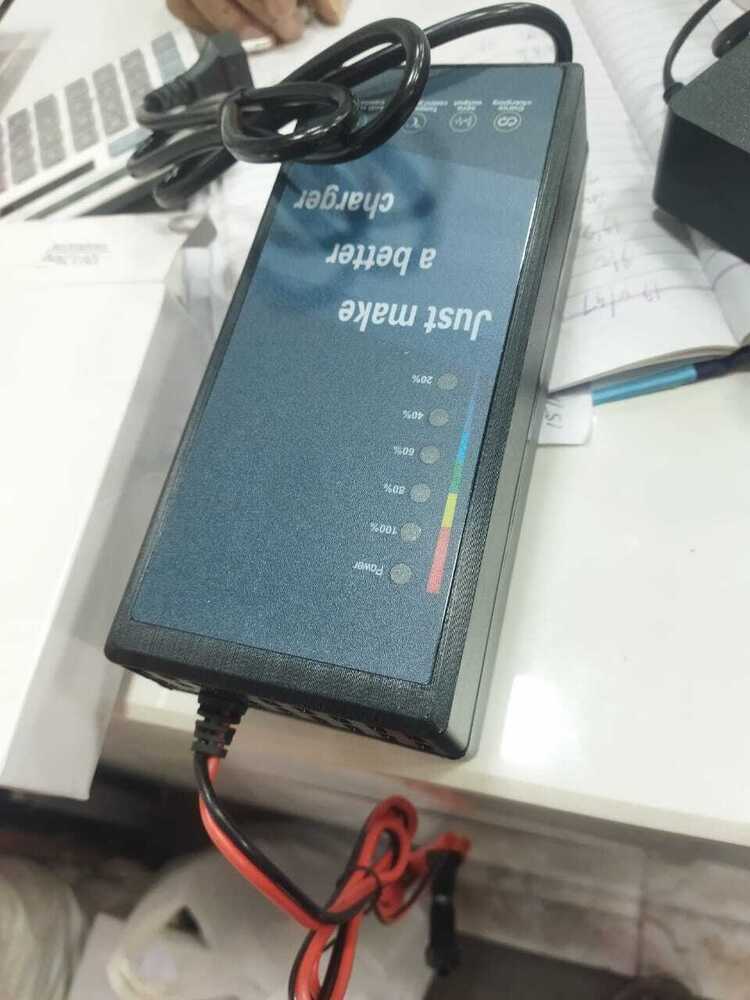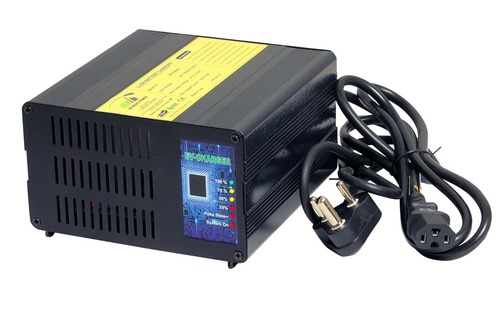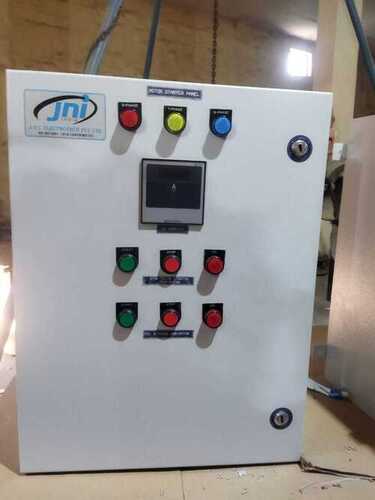Scooty EV Charger
Price 2000 INR/ Piece
Scooty EV Charger Trade Information
- Minimum Order Quantity
- 100 Pieces
- Payment Terms
- Cash Advance (CA), Cash in Advance (CID)
- Supply Ability
- 100 Pieces Per Week
- Delivery Time
- 10 Days
- Packaging Details
- as per customer requirement
- Main Domestic Market
- All India
About Scooty EV Charger
A scooty EV charger is designed to replenish the battery of an electric scooter. Here's a short specification overview:
1. Input Voltage:
-
Typically AC 220V (standard household Indian supply). Some chargers might have a wider input voltage range (e.g., 170V-300VAC) to accommodate voltage fluctuations.
2. Output Voltage:
-
This is crucial and must match the scooter's battery voltage. Common electric scooter battery voltages are:
-
48V
-
60V
-
72V
-
-
The actual output voltage will be slightly higher than the nominal battery voltage to ensure a full charge (e.g., a 48V battery might use a charger with a 54.6V output, or a 72V battery with an 84V output).
3. Output Current (Amperage):
-
This determines the charging speed. Common amperages range from:
-
3A
-
5A
-
6A
-
10A
-
Some "fast chargers" can go higher, e.g., 15A.
-
-
Higher amperage means faster charging, but it's important to use the amperage recommended by the scooter or battery manufacturer to avoid damaging the battery.
4. Battery Type Compatibility:
-
Scooty EV chargers are designed for specific battery chemistries:
-
Lithium-ion (Li-ion): Most modern electric scooters use Li-ion batteries (including NMC, LFP). Chargers for these batteries often have precise charging algorithms.
-
Lead-acid: Older or more budget-friendly scooters might use lead-acid batteries, which require a different charging profile.
-
5. Connector Type:
-
Various connector types are used, so it's essential to match the charger's connector to the scooter's charging port. Common types include:
-
3-pin (XLR)
-
2-pin (DC barrel)
-
3-port inline
-
D-type socket (common for some brands like Okinawa)
-
Coaxial
-
RCA
-
6. Safety Features:
-
Good quality chargers include built-in safety mechanisms:
-
Overcharging Protection: Automatically stops charging once the battery is full to prevent damage.
-
Overheating Protection: Monitors charger and battery temperature to prevent overheating.
-
Short Circuit Protection: Safeguards against electrical mishaps.
-
Voltage Regulation: Stabilizes voltage fluctuations.
-
Automatic Cut-off: Stops charging when the battery reaches full capacity.
-
7. Indicators:
-
LED indicators are common to show charging status (e.g., charging, fully charged, error). Some advanced chargers might have percentage indicators.
8. Design:
-
Typically compact, lightweight, and durable for portability and regular use.
Important Note: Always use the charger specifically recommended by your electric scooter's manufacturer to ensure optimal performance, battery longevity, and safety. Using an incompatible charger can damage the battery or even pose a fire hazard.


Price:
- 50
- 100
- 200
- 250
- 500
- 1000+
More Products in EV Charger Category
EV Charger
Price 10000 INR / Piece
Minimum Order Quantity : 01 Piece
Input Voltage : 240 Volt (V)
Rated Frequency : 5060 Hertz (HZ)
Material : ABS Plastic
Warranty : 1 Year
Electric Vehicle Charger
Price 10000 INR / Piece
Minimum Order Quantity : 1 Piece
Input Voltage : 220 Volt (V)
Rated Frequency : 5060 Hertz (HZ)
Material : MS
Warranty : 1 Year

 Send Inquiry
Send Inquiry




 Send Inquiry
Send Inquiry Send SMS
Send SMS